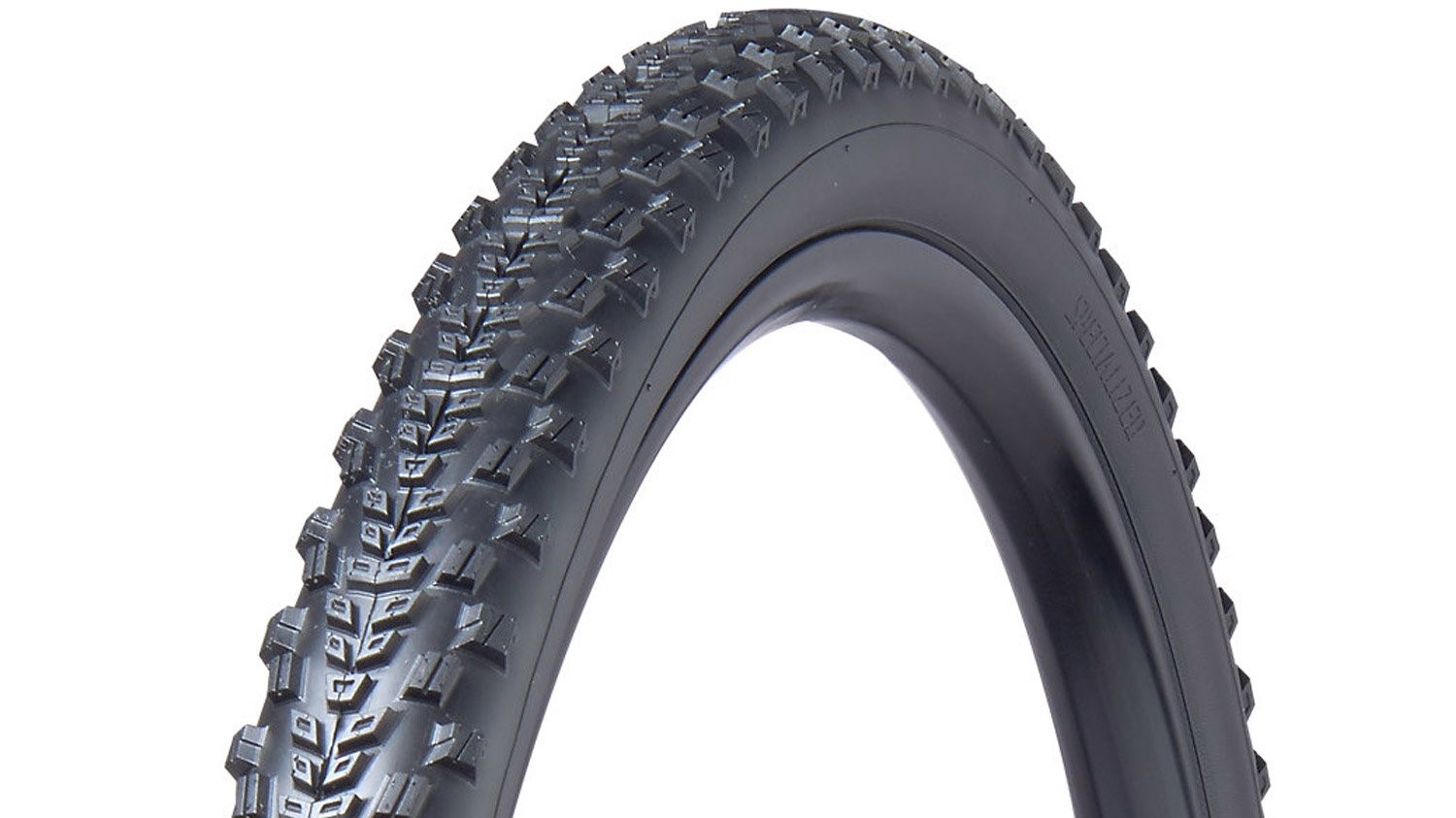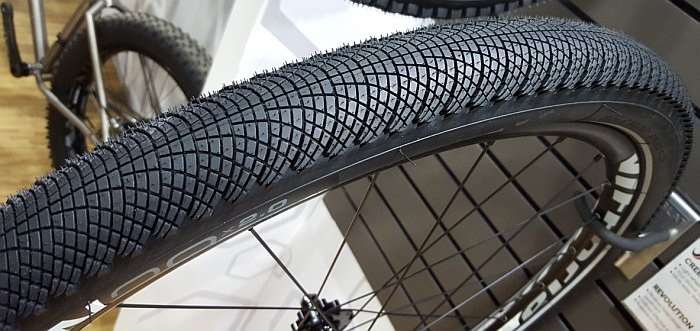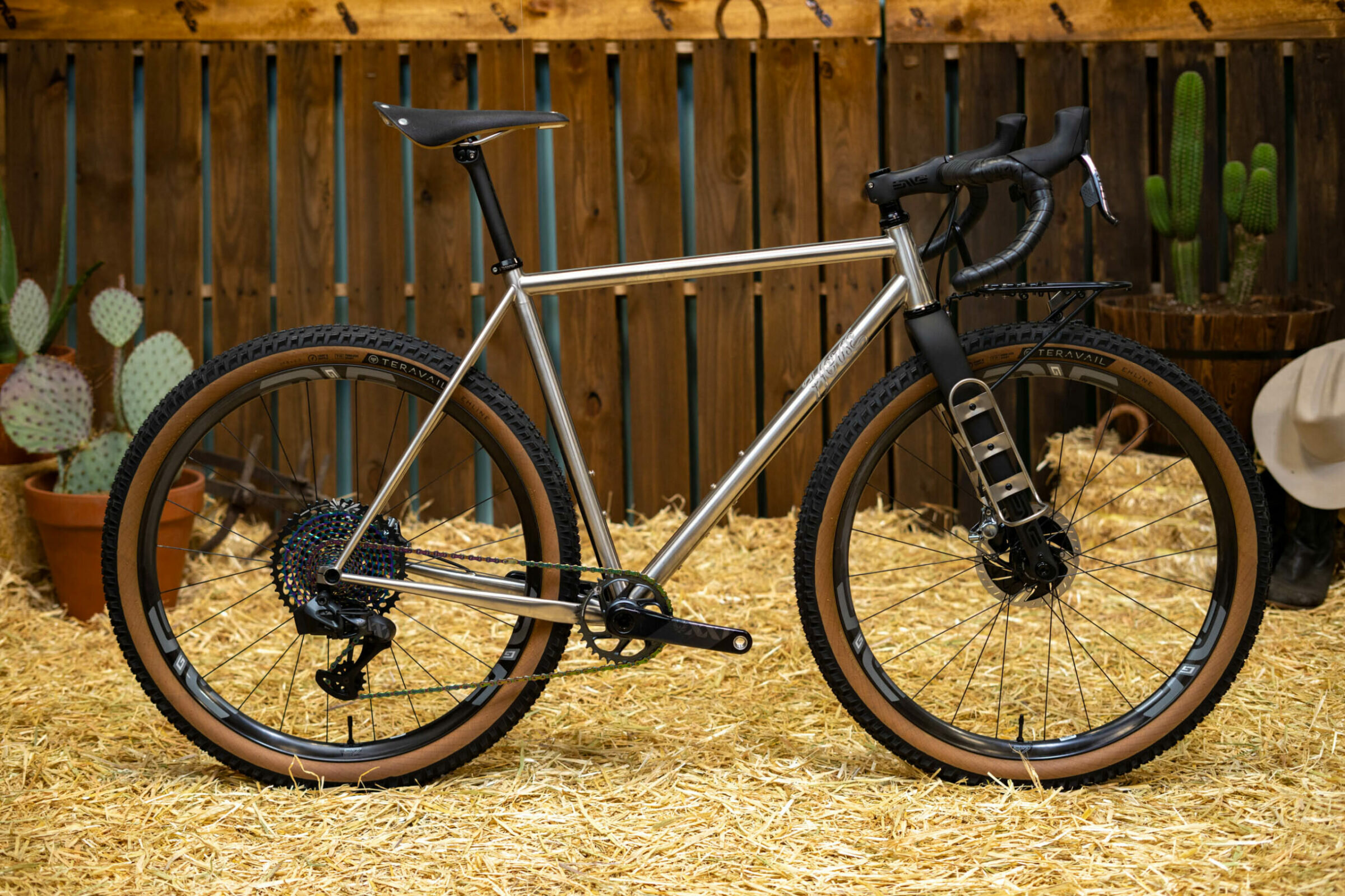Understanding Gravel Roads and Their Demands
Gravel roads are popular among cyclists who seek a challenging yet picturesque riding experience. These roads, often found in rural areas, feature varying terrain, loose surfaces, and potential hazards that can impact a cyclist’s performance and safety. As a result, selecting the appropriate bicycle tires for gravel roads is crucial for an enjoyable and secure ride.
Gravel roads can range from well-packed surfaces to loose and rocky terrain, making it essential to have tires that can adapt to these diverse conditions. The best bicycle tires for gravel roads offer superior traction, puncture resistance, and durability, ensuring that cyclists can navigate the challenging landscape with confidence. By understanding the unique demands of gravel roads, cyclists can make informed decisions when selecting the ideal tires for their riding style and regional conditions.
Key Features to Look for in Gravel Bicycle Tires
When selecting bicycle tires for gravel roads, several essential features contribute to the tire’s overall performance and should be carefully considered. These features include tread patterns, width, casing, and puncture protection.
Tread Patterns
Tread patterns on gravel bicycle tires significantly impact traction and handling on loose surfaces. Look for tires with a balanced mix of knobs and open spaces, allowing for adequate grip and mud clearance. Some popular tread patterns for gravel tires include file treads, semi-slick, and aggressive knobs. File treads perform well on hard-packed gravel, while semi-slick tires offer a blend of speed and grip. Aggressive knobs are ideal for loose and muddy conditions.
Width
The width of gravel bicycle tires plays a crucial role in determining the tire’s floatation, stability, and comfort. Wider tires (35mm to 50mm) generally provide better floatation and traction on loose surfaces, enhancing stability and control. Narrower tires (28mm to 32mm) may offer reduced rolling resistance and improved aerodynamics for faster rides on well-packed gravel roads.
Casing
The casing of a gravel bicycle tire affects its durability, ride quality, and puncture resistance. Look for casings with reinforced sidewalls for added protection against cuts and abrasions. Supple casings, often made from high-quality materials, offer a more comfortable ride and better grip on rough surfaces.
Puncture Protection
Puncture protection is vital for gravel bicycle tires, as sharp objects and debris are common on gravel roads. Many manufacturers incorporate puncture-resistant materials, such as Kevlar or nylon belts, into the tire casing to prevent flats. Consider tires with built-in sealants for self-healing capabilities, ensuring a smoother and safer ride on gravel roads.
Top Recommended Bicycle Tires for Gravel Roads
When searching for the best bicycle tires for gravel roads, consider the following top-rated options, each offering unique features and benefits to enhance your gravel cycling experience.
Panaracer GravelKing SK
The Panaracer GravelKing SK is a versatile tire designed for various gravel conditions. Its file tread pattern provides excellent grip and low rolling resistance on hard-packed surfaces, while the center knobs ensure stability and control. The GravelKing SK is available in multiple width options, catering to different riding styles and preferences.
WTB Byway
The WTB Byway is a do-it-all tire that excels on gravel roads and light trails. Its semi-slick tread pattern combines speed and grip, making it suitable for long-distance rides and commuting. The Byway’s puncture protection and reinforced sidewalls ensure durability and resistance to cuts and abrasions.
Donnelly X’Plor MSO
The Donnelly X’Plor MSO is an aggressive gravel tire that performs well in loose and muddy conditions. Its unique tread pattern combines small center knobs for low rolling resistance with larger side knobs for cornering grip. The X’Plor MSO’s casing provides excellent puncture protection and a comfortable ride, making it an ideal choice for adventurous gravel cyclists.
How to Choose the Right Gravel Bicycle Tire for Your Needs
Selecting the ideal gravel bicycle tire for your specific needs involves considering several factors, such as riding style, bike type, and regional gravel conditions. By evaluating these aspects, you can make an informed decision and enjoy a more satisfying gravel cycling experience.
Riding Style
Your riding style significantly influences the type of gravel bicycle tire you should choose. For example, if you prioritize speed and efficiency, consider tires with low rolling resistance, such as file tread or semi-slick patterns. Alternatively, if you prefer a more aggressive and adventurous approach, opt for tires with larger knobs and better traction for loose and muddy conditions.
Bike Type
The type of bicycle you ride also plays a role in determining the best gravel tires. For instance, cyclocross bikes typically require narrower tires (32mm to 35mm) for optimal performance, while gravel bikes can accommodate wider tires (35mm to 50mm) for increased comfort and traction. Ensure that your chosen tires are compatible with your bike’s frame, fork, and wheel clearances.
Regional Gravel Conditions
The regional gravel conditions in your area should guide your tire selection. If you frequently encounter hard-packed gravel roads, consider tires with file tread or semi-slick patterns for reduced rolling resistance. For loose and rocky terrain, opt for tires with larger knobs and better grip. In muddy conditions, consider tires specifically designed for muddy gravel roads, such as the Donnelly X’Plor MSO.
Installation and Maintenance Tips for Gravel Bicycle Tires
Proper installation and regular maintenance of your gravel bicycle tires can significantly impact their performance and longevity. By following these practical tips, you can ensure optimal functionality and enjoy a safer, more comfortable gravel cycling experience.
Tire Pressure
Maintaining the correct tire pressure is crucial for gravel bicycle tires. Under-inflated tires can lead to pinch flats and decreased performance, while over-inflated tires may result in reduced traction and a harsher ride. Consult the tire manufacturer’s recommended pressure range and adjust accordingly based on your weight, riding style, and regional gravel conditions.
Tubeless Setup
Converting your gravel bicycle tires to a tubeless setup can offer several benefits, including reduced rolling resistance, improved puncture protection, and lower tire pressure. To set up tubeless tires, follow the manufacturer’s instructions carefully, ensuring that the tire bead is properly seated and the sealant is evenly distributed. Regularly inspect the sealant levels and replace it as needed to maintain airtightness.
Regular Inspections
Routinely inspect your gravel bicycle tires for signs of wear, damage, or debris accumulation. Remove any foreign objects embedded in the tread, and check for cuts, abrasions, or punctures in the tire casing. Replace worn or damaged tires promptly to prevent catastrophic failures and ensure continued safety and performance.
Comparing Gravel Bicycle Tires with Other Tire Types
Gravel bicycle tires cater specifically to the unique demands of gravel roads, offering distinct advantages over alternative tire types like road, mountain, and cyclocross tires. Understanding these differences can help cyclists make informed decisions when selecting the best tires for their needs.
Gravel vs. Road Tires
Road tires are designed for speed and efficiency on paved surfaces, featuring smooth tread patterns and narrow widths. In contrast, gravel tires offer increased traction and durability on unpaved roads, with tread patterns and widths that provide better floatation and stability on loose surfaces. Gravel tires also typically provide more puncture protection than road tires, making them better suited for mixed-terrain rides.
Gravel vs. Mountain Tires
Mountain tires are built for off-road adventures, featuring aggressive tread patterns and wide widths for superior traction and durability. While gravel tires share some similarities with mountain tires, they generally have less aggressive tread patterns and narrower widths, striking a balance between off-road capability and on-road performance. Gravel tires are also typically lighter than mountain tires, reducing rolling resistance and improving overall efficiency.
Gravel vs. Cyclocross Tires
Cyclocross tires are designed for short, intense races on various surfaces, including grass, dirt, and pavement. They often feature file tread patterns or small knobs, providing a balance between grip and speed. Gravel tires, on the other hand, offer more width and puncture protection than cyclocross tires, making them better suited for long-distance gravel rides and adventures. However, some cyclocross tires can be used for gravel riding, particularly in dry conditions.
Expert Opinions and User Reviews on Gravel Bicycle Tires
Expert opinions and user reviews can provide valuable insights into the performance and reliability of gravel bicycle tires. By examining real-world experiences and feedback, cyclists can make more informed decisions when selecting the best tires for their needs.
Expert Opinions
Expert opinions from industry professionals, cycling magazines, and websites can offer unbiased evaluations of gravel bicycle tires. These assessments often include detailed analyses of key features, performance, and value, allowing cyclists to compare various tire models and make educated decisions. For instance, the Panaracer GravelKing SK has received praise from experts for its versatile tread pattern and excellent puncture protection, making it a popular choice among gravel cyclists.
User Reviews
User reviews, gathered from online retailers and forums, provide first-hand experiences and insights into the performance of gravel bicycle tires. These reviews can highlight any notable advantages or disadvantages, such as durability, grip, and puncture resistance. For example, the WTB Byway has garnered positive user feedback for its comfortable ride and impressive traction on a variety of gravel surfaces, making it a well-regarded option among gravel enthusiasts.
When considering expert opinions and user reviews, keep in mind that individual experiences and preferences may vary. It’s essential to evaluate multiple sources and perspectives to gain a well-rounded understanding of a tire’s performance and suitability for your specific needs.
Staying Updated on Gravel Bicycle Tire Innovations and Trends
The market for gravel bicycle tires is rapidly evolving, with new innovations and trends emerging regularly. Staying informed about these advancements can help cyclists make better decisions when selecting tires and enhance their overall gravel cycling experience.
Industry News and Publications
Following industry news and publications, such as cycling magazines and websites, can provide up-to-date information on the latest gravel bicycle tire innovations and trends. These resources often cover new product releases, technological advancements, and expert opinions, allowing cyclists to stay current on market developments.
Online Forums and Communities
Participating in online forums and communities dedicated to gravel cycling can offer valuable insights into the ever-evolving gravel tire market. Engaging with fellow cyclists and enthusiasts can provide first-hand knowledge of new products, trends, and experiences, helping cyclists make more informed decisions about their tire choices.
Manufacturer Websites and Social Media
Regularly visiting manufacturer websites and following their social media channels can keep cyclists informed about new product releases, updates, and promotions. This direct connection with tire brands can provide a wealth of information and resources, ensuring cyclists have access to the latest gravel tire innovations and trends.
By staying updated on gravel bicycle tire innovations and trends, cyclists can make more informed decisions when selecting tires, ensuring optimal performance and safety on their gravel road adventures.






